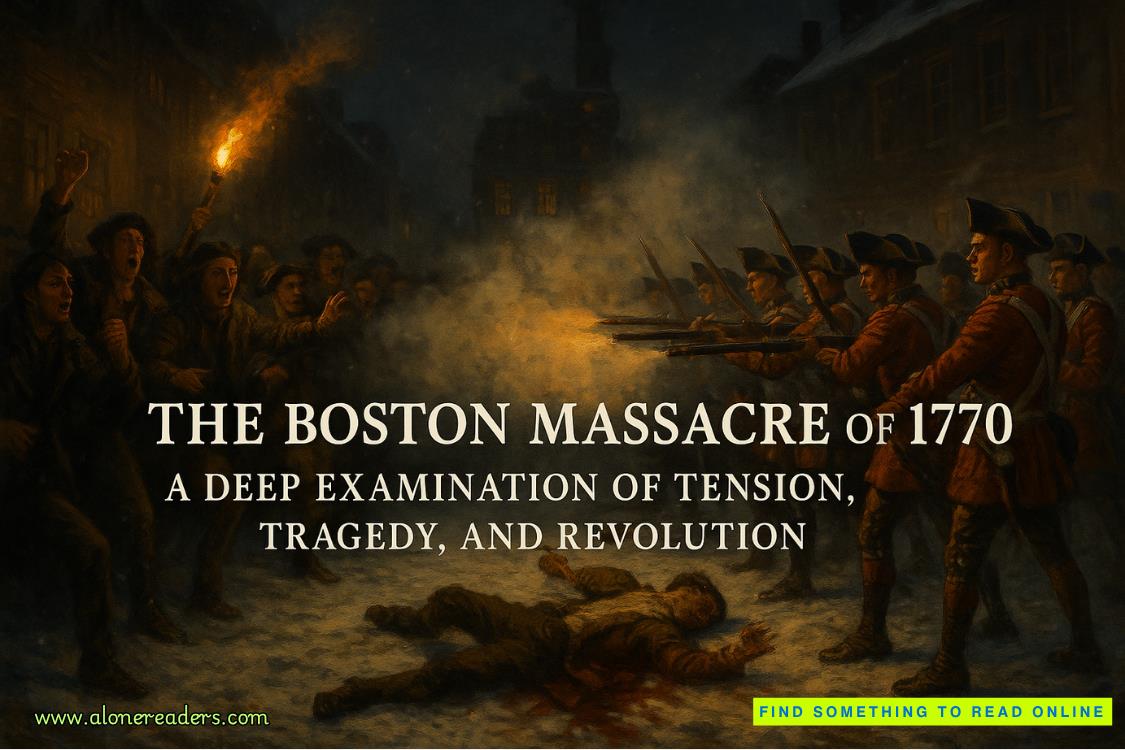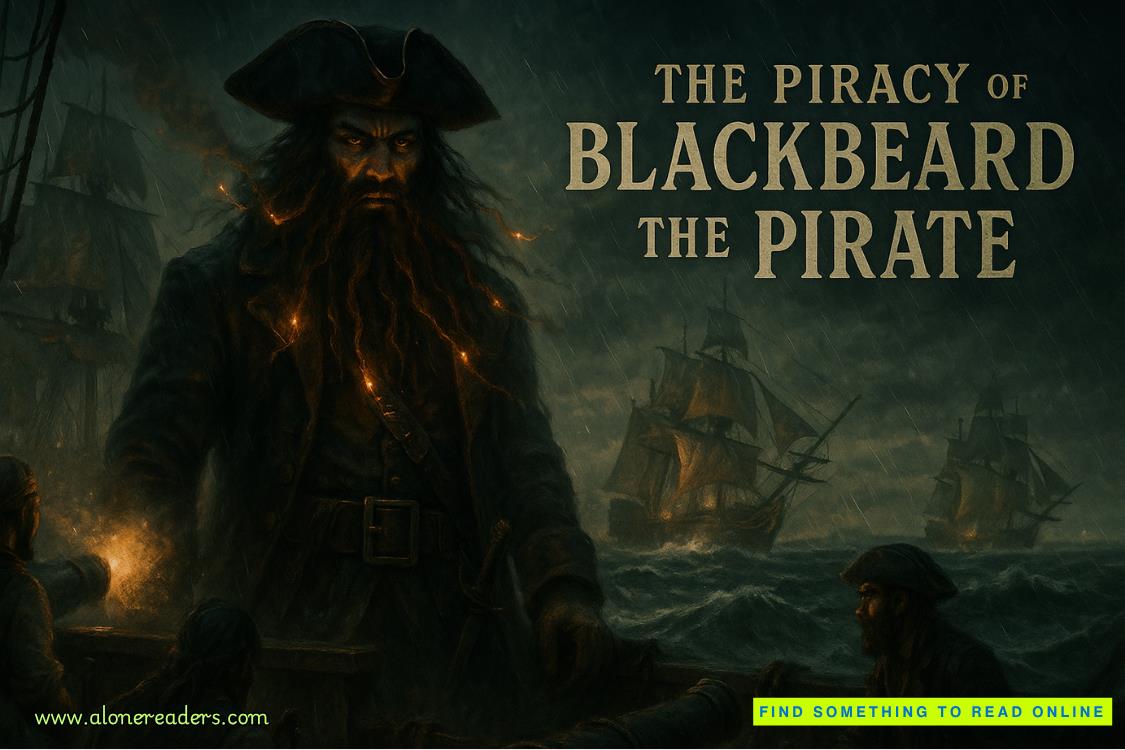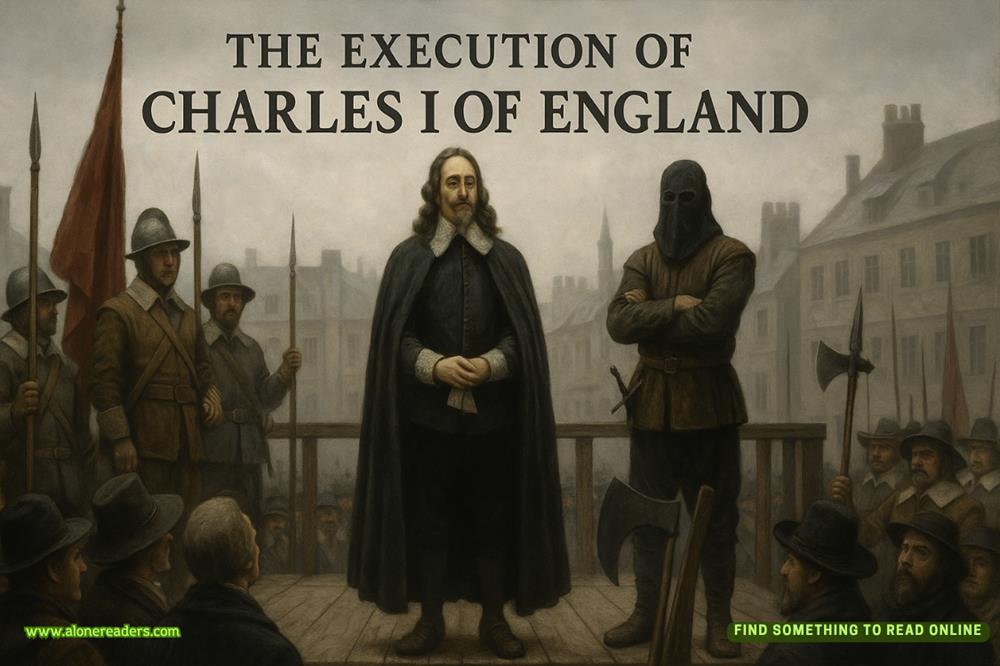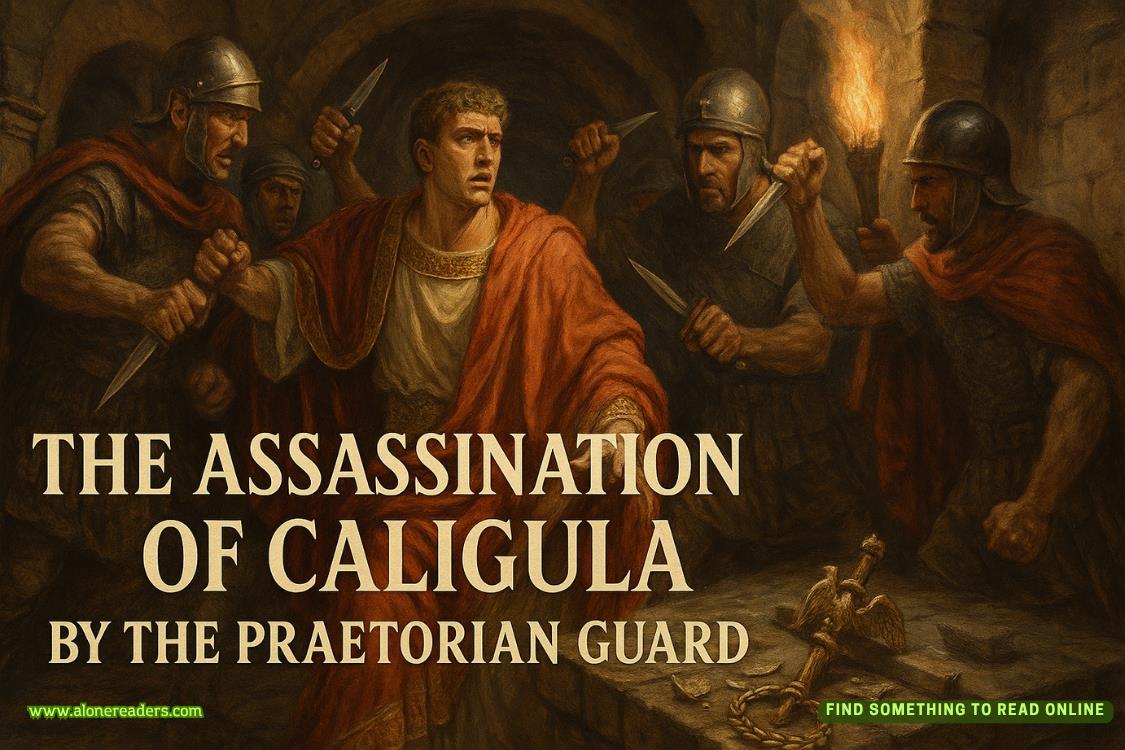Page 139 of Silver Stars (Front Lines 2)
B-17 Flying Fortress—American four-engine heavy bomber. The Germans called it “the Flying Porcupine” for its bristling guns. Their American crews called them Queen of the Skies.
Brass—The brass, also known as brass hats and various less G-rated terms, refers to officers, especially high-up officers such as majors, colonels, and generals.
C-47—The Douglas C-47 Skytrain was an amazingly versatile twin-engine plane used for carrying high-value freight, officers, paratroopers, and more.
C-47
Deuce-and-a-Half—The GMC CCKW was the workhorse truck of the US Army. The name refers to the fact that the truck could carry two and a half tons of men or supplies, despite the relatively pitiful ninety-one-horsepower engine.
DUKW (Duck)—The Duck was a modified deuce-and-a-half, designed to be a boat in the water and a truck on dry land.
DUKW—Duck
Focke-Wulf 190—Single-engine German Luftwaffe (air force) fighter. They were superior to early versions of the British Spitfire.
Focke-Wulf 190
Half-track—Half-tracks are trucks with wheels at the front and treads at the rear, enabling them to steer as easily as a wheeled vehicle, but cope with mud like a tank. The idea was American, and the Germans liked it so much they made their own version.
German half-track
Jerry can—A simple but extremely useful five-gallon can used to haul fuel or water. It was initially designed by the Germans, hence the name. An interesting feature is that it cannot be filled completely, meaning it will always have some air space and hence be able to float.
LST—Landing Ship Tank. At 347 feet long, 55 feet wide, they were shallow-draft vehicles with a hinged door at the front through which tanks could drive directly out onto the beach.
M1 Garand—Perhaps the best rifle carried by any army in World War II. General Patton called it “the greatest battle implement ever devised.” Powerful, accurate, and durable.
Me 109—The Messerschmitt 109 was the most ubiquitous of German single-engine fighters.
Mess—Mess halls (or mess decks on ships); the mess was where meals were served and soldiers socialized.
NCO—Noncommissioned officer. NCOs are the sergeants whose job it is to carry out an officer’s orders. NCOs were often more experienced than junior officers, and were (and still are) the backbone of the US Army.
Pinup—Pinups were risqué pictures of beautiful women,often in bathing suits. The most famous model was Betty Grable, whose “million-dollar legs” adorned many a barracks wall.
Betty Grable
SS (and Waffen SS)—The Schutzstaffel were Germany’s elite troops. The Waffen SS were SS troops organized into combat units. The SS were brutal, sadistic, fanatically loyal to Hitler, and as vile an organization as the human race has ever known.
Shelter half—Each was half of a two-man pup tent. The two sections would be buttoned or snapped together.
Spitfire—If it is possible for a machine to be a hero, the Supermarine Spitfire definitely qualifies. This is the British single-engine fighter that saved England.
Supermarine Spitfire
Stuka—The fearsome but slow German dive-bomber. They were often equipped with air sirens so as they dove on their targets they would make a terrifying whine.
Vichy—After the Germans overwhelmed the French defenses, they occupied the northern two-thirds of the country (Occupied France) and established a puppet government of French collaborators in the southern third. Vichy controlled French colonies abroad.
BIBLIOGRAPHY
Blackwell, Ian. Battle for Sicily: Stepping Stone to Victory. South Yorkshire, UK: Pen and Sword Military, 2008.
Blumenson, Martin. Salerno to Cassino: United States Army in World War II: Mediterranean Theater of Operations, 50th Anniversary Commemorative Edition. Center of Military History, United States Army, 1993.
Caddick-Adams, Peter. Monte Cassino: Ten Armies in Hell. Oxford, UK: Oxford University Press, 2012.
Cowdry, Albert E. Fighting for Life: American Military Medicine in World War II. New York: The Free Press, 1994.















